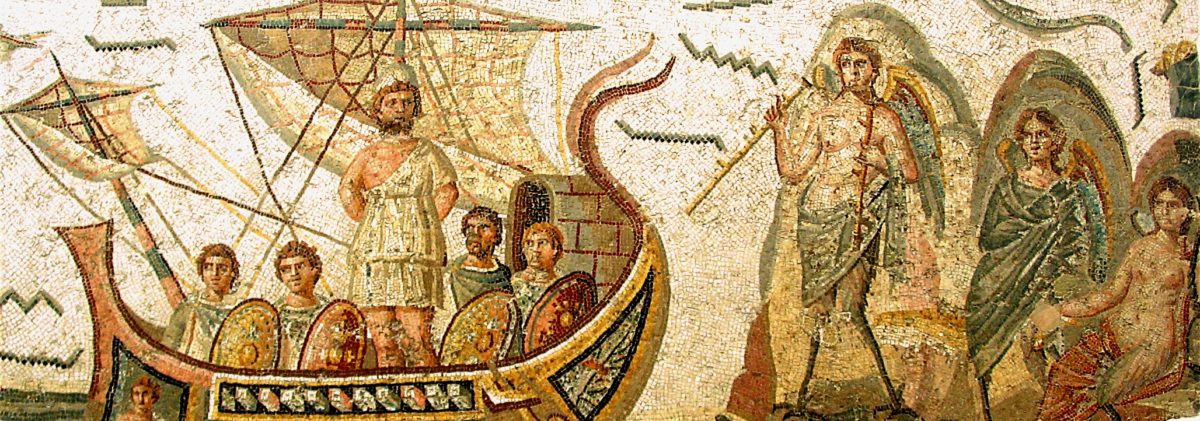Hello folks! For some reason, it seems that the majority of the pictures I have featured in my posts for roughly the past six months, which used to show up completely fine, have all suddenly disappeared off this blog and are no longer visible to people reading my posts over the internet for some bizarre reason. The images still show up when I view them in edit mode and I have some vague impression of what the problem may be. Unfortunately, I am probably going to have to fix each photo individually, which will be an extremely labor-intensive and time-consuming task.
It is difficult to convey how deeply frustrating I find this. I already have far less time to devote toward this blog than I used to. I started my MA program last month and I am taking a total of four courses for credit and working as a course assistant for one additional course this semester, amounting to a total of five courses or twenty credit hours that I need to keep up with. I have also been making a lot of friends with the fellow grad students in my program and I am actually starting to have something resembling a social life for really the first time since I was in middle school a decade ago. (It’s wonderful, but it feels absolutely bizarre!)
As a result of the combination of all these factors, it is becoming more difficult to keep posting on this blog as regularly as I would like. I am still trying to make a new post at least once every week. I am planning to make a post hopefully before the end of this week about how the Epic of Gilgamesh is not the oldest surviving work of literature, in which I will discuss various works of literature that are even older than it. Sadly, this whole situation with most of my pictures randomly disappearing will most likely take up even more of my time, so please don’t be disappointed if I can’t make the post until this weekend or possibly even next week.
UPDATE: I’ve figured out the problem and have fixed most of the images! It’s taken me nearly four hours and there are still probably some images I’ve missed, but most of them appear to be showing up now. I’d like to sincerely thank my commenter Rick R for pointing out a clue that helped me solve the problem. It turns out that, as the result a new update, a method I was previously using to size images no longer works and was breaking the images.









